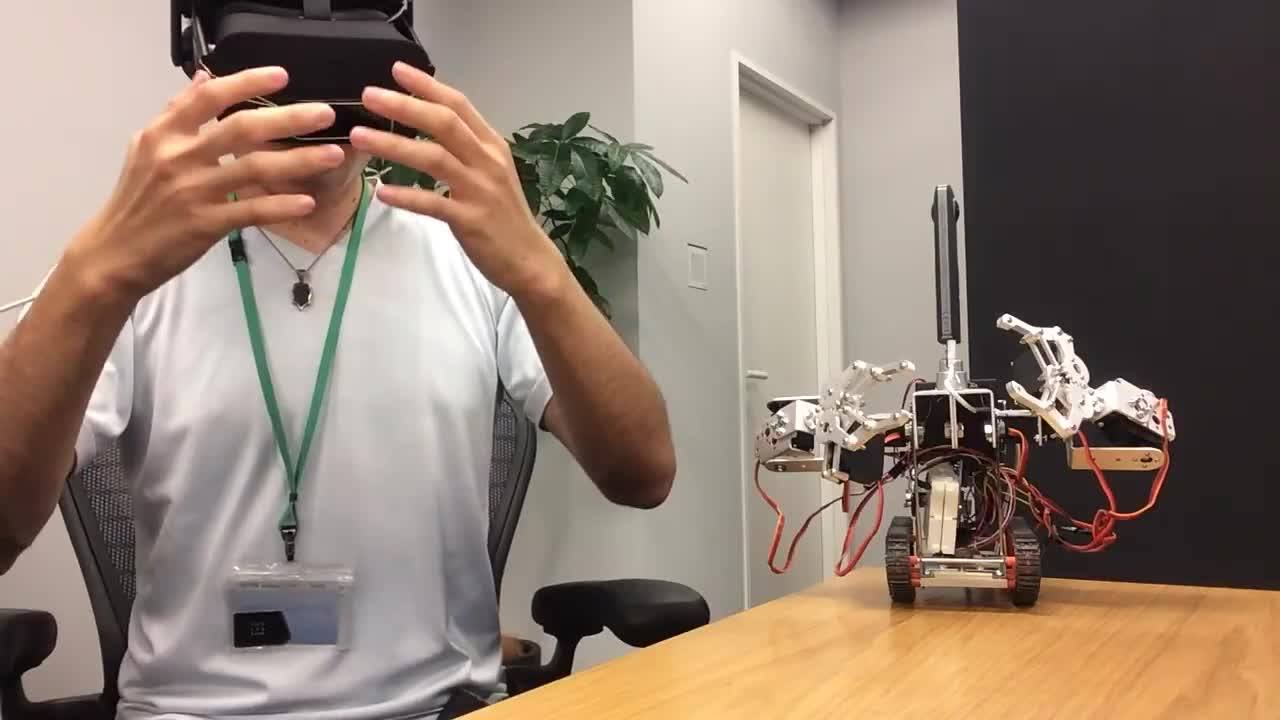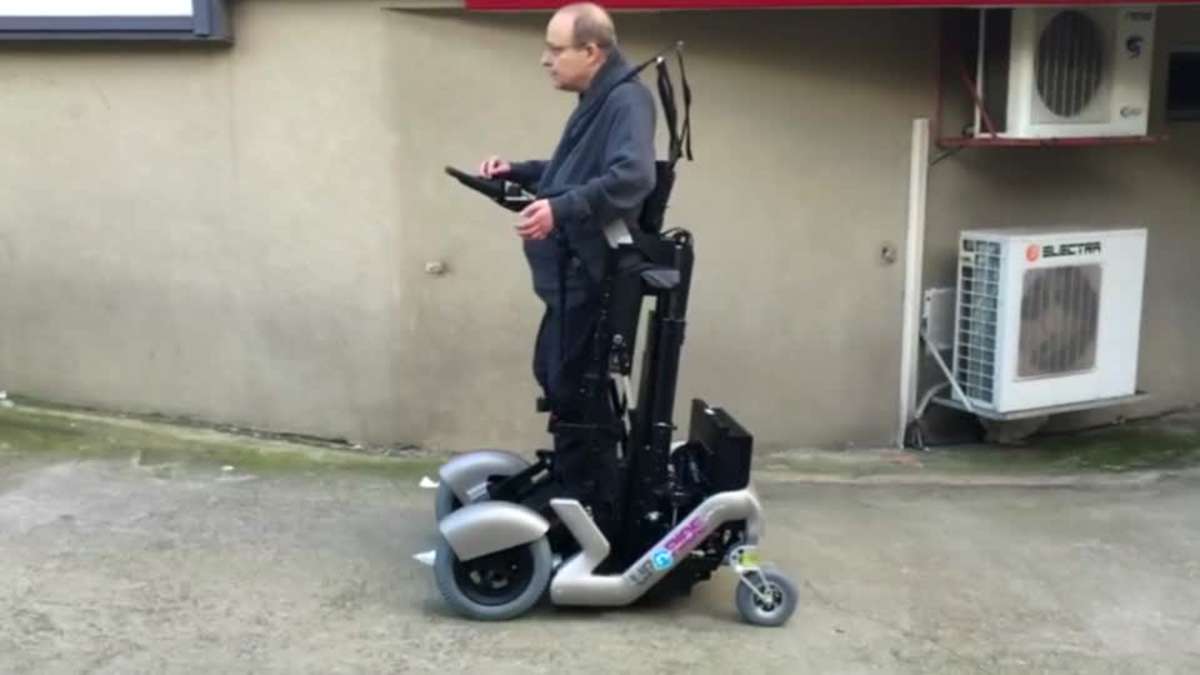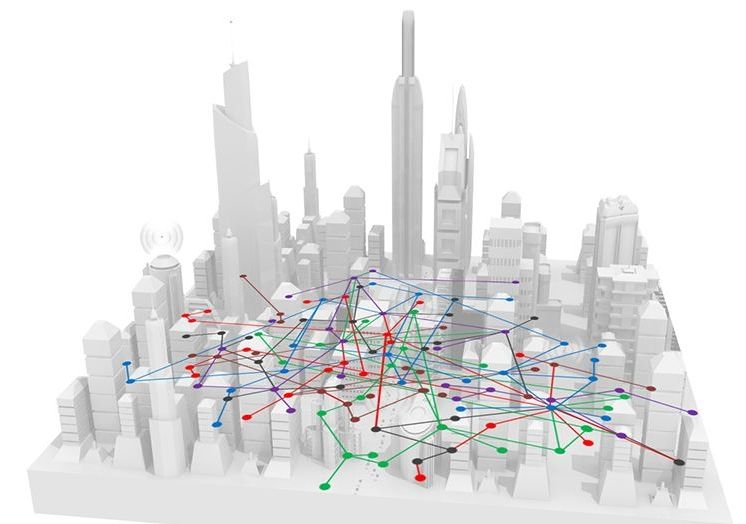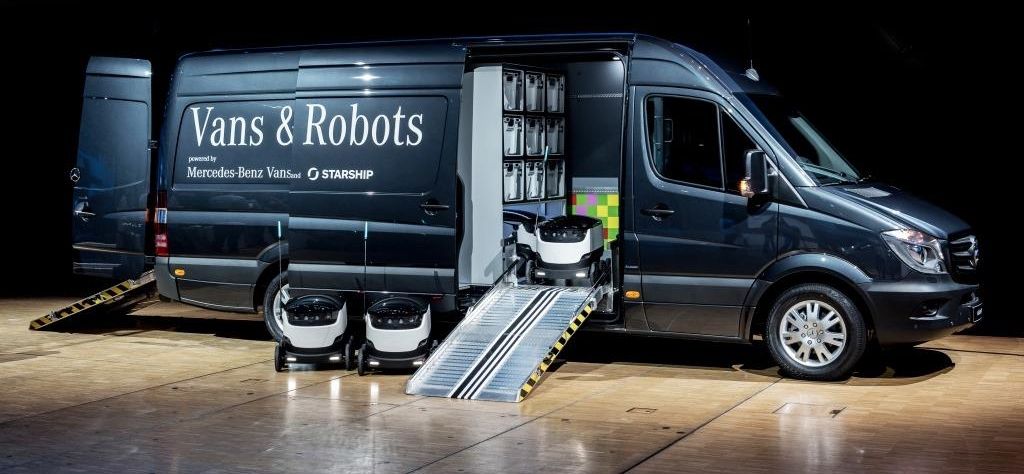A new report asserts that, by 2025, jobs from the customer service, trucking, and taxi industries will be taken over by cognitive technologies. Yet, we will begin to truly feel the impact of this in just 5 years.
A report that was released by Forrester last month predicts that cognitive technologies will take over some 7% of jobs in the United States in less than a decade (by 2025). Notably, the report asserts that the trend will make itself felt five years from now.
“By 2021, a disruptive tidal wave will begin. Solutions powered by AI/cognitive technology will displace jobs, with the biggest impact felt in transportation, logistics, customer service, and consumer services,” says Forrester VP Brian Hopkins. Forrester estimates around 6% of jobs will be eliminated by as early as 2021.









